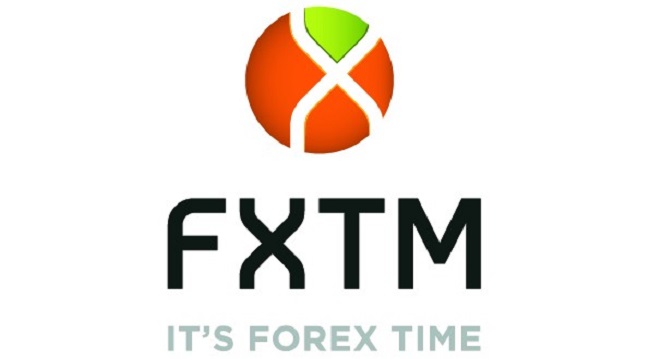The market has experienced substantial volatility in the past few days on the back of Federal Reserve Chairman Ben Bernanke’s statement last week that the Fed intends to taper economic stimulus later this year. Although he has not said when the stimulus will be completely withdrawn, this news has spurred US dollar strength and dragged down the British pound and euro.
After Bernanke’s announcement last week, the euro traded in a fairly calm pattern, but this was the calm before the storm, with positive data from the US on Tuesday leading to a weakening of almost 100 pips from 1.3150 to 1.3064. EUR/USD has subsequently stabilized once again, but Thursday’s US unemployment claims data may generate further volatility.
The burgeoning USD strength may even lead to an unconscious and unofficial currency war, with the central banks in the UK and the Eurozone looking to try and protect the recent gains in their respective currencies. The USD strength is particularly crucial for the Eurozone, with European Central Bank (ECB) President Mario Draghi saying only last month that he would look to increase bond purchases if needed.
While the Sterling has strengthened 4.3% in the past three months, Bank of England Governor Mervyn King has said this is “nowhere near” a normal environment. The fortunes of GBP are dependent on the USD and, likewise, whatever happens in the Eurozone affects the UK economy. If Draghi instigates further bond purchases, we may also see King follow in close pursuit with further economic stimulus for the UK and a multi-country currency war with the USD in earnest!
The Japanese yen strengthened earlier this week supported by news of a potential cash crunch in China, before losing some ground to the USD on Tuesday. The on-going volatility in USD/JPY makes it a favourite for forex traders with movement almost every day in recent weeks. Traders should pay close attention to the technical analysis for this pair and look for trends and indicators to buy or sell.
The Australian dollar has experienced the most volatility in 1.5 years on the back of the Fed’s news last week and it has also been weakened by the negative news from China. The Reserve Bank of Australia (RBA) has stated it is happy to see the currency weaken as a strong Australian dollar had been damaging to the export business, particularly the farming and mining industries that are so critical to the local economy. Adopting both fundamental and technical analysis strategies for the AUD/USD pair may be beneficial for traders.
On Tuesday we saw gold drop from 1,289 US dollars an ounce to 1,244 as indicators suggest the value of the precious metal may drop further. Gold shares a correlation with USD – when the greenback strengthens, gold historically weakens – and Morgan Stanley has this week lowered its longer term forecasts for gold because analysts are predicting on-going USD strength.
In contrast, oil prices tend to mirror the fortunes of the US dollar so we have seen the price strengthen in recent days. Stock pile inventories of oil due today are forecast to lead to a boost in the price of oil. It is expected that we will see further strengthening of oil if we see more positive data emerge from the US in the long term. A strengthening US economy will undoubtedly lead to higher demand for oil and thus an increase in the price.
What to watch this week:
The majors of USD/JPY, EUR/USD and GBP/USD continue to be a source of volatility and traders should closely monitor both the technical indicators and data releases from the US. The AUD/USD also offers interesting opportunities for savvy traders.
For more information please visit:www.forextime.com



